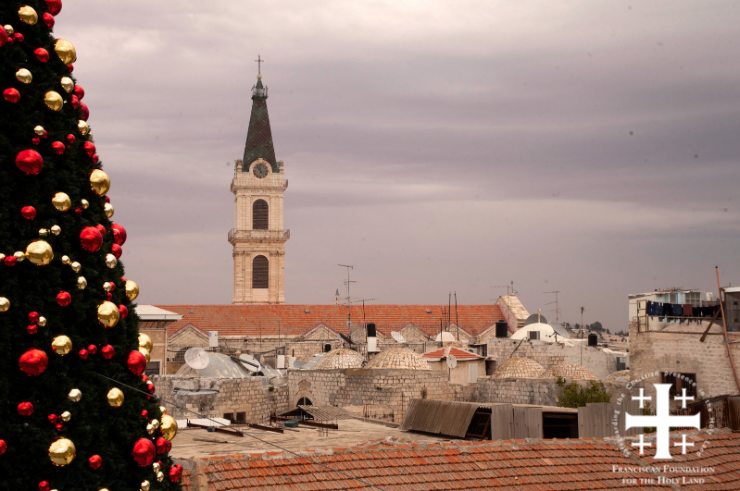
The first recorded descriptions of the burial of Jesus Christ came from the New Testament’s Canonical Gospels. Crucified around 30 A.D., these writings came decades after Jesus’ death and described the tomb settings and details. Centuries after the burial of Jesus, archeologists and researchers have continued to look for his tomb. In 2016, archeologists believe they discovered the burial site of Jesus of Nazareth.
The ruins of a tomb were uncovered in Jerusalem’s Old City, that appeared to be the burial site of Jesus Christ. Many followers of Christ had tried to locate the tomb before. Around 325 A.D, Constantine, the first Roman emperor of Christian faith, sent a cavalry to locate Christ’s tomb in Israel. They learned of his place of rest and proceeded to open the tomb. Constantine than ordered the construction of an ornate piece of architecture, now known as the Church of the Holy Sepulcher. This Church was to act as a memorial worthy of the Son of God.
The Church of the Holy Sepulcher has been the site of religious and political conflict through the years. It has been destroyed and rebuilt over the ages, leaving many to assume any remains of Jesus’ final resting place were gone forever. Archaeologists have discovered thousands of other stone burial sites in Jerusalem, but this one stands out as Jesus of Nazareth’s. There are no previous photos or drawing of the tomb. However, written accounts of Jesus’ burial describe him buried in a tomb cut from rock belonging to one of his wealthy followers. The tomb is also consistent with what historians know about how upper class Jewish individuals buried bodies at the estimated time of Jesus’ death and is in the location named in several accounts describing His burial.
The tomb consisted of a burial bed that was carved from limestone and covered in marble. With 60 hours to explore potentially one of the holiest sites to Christians around the world, researches carefully uncovered a marble slab with a cross engraved into the stone. A detail they were not expecting as they pulled back the marble cover of the tomb. Scientists collected samples that would allow them to learn more about the burial site before the tomb was sealed again. You can watch the uncovering of the tomb by the researchers in this video:
In 2017, scientist analyzed mortar from the burial site dating the construction of the tomb to around the mid 4th century consistent with the timing of the Romans constructing the original Church of the Holy Sepulchre. The stone was dated using optically stimulated luminescence. A technique that judges the age of stone based on the last time the quartz sediment was exposed to light.
Professor Antonia Moropoulou leads the archeological restoration project that led to the discovery of the tomb. She says, “The Holy Tomb is the most alive place in the world. It gives the message of resurrection.”
To learn more about the findings of the tomb of Jesus Christ, visit here. , visit here.
Sources:
https://www.youtube.com/watch?v=nkmx_k9wVs0
https://www.youtube.com/watch?v=0JolKLR6Lgo
https://www.youtube.com/watch?v=JxW7FZt0Lyo
https://news.nationalgeographic.com/2016/10/jesus-christ-tomb-burial-church-holy-sepulchre/
https://news.nationalgeographic.com/2017/11/jesus-tomb-archaeology-jerusalem-christianity-rome/
https://www.nationalgeographic.com/magazine/2017/12/jesus-tomb-archaeology/
https://www.smithsonianmag.com/smart-news/mortar-found-jesus-tomb-dates-constantine-era-180967345/
https://www.nationalgeographic.com.au/tv/secrets-of-christs-tomb/videos.aspx
https://news.nationalgeographic.com/2017/11/jesus-tomb-archaeology-jerusalem-christianity-rome/


